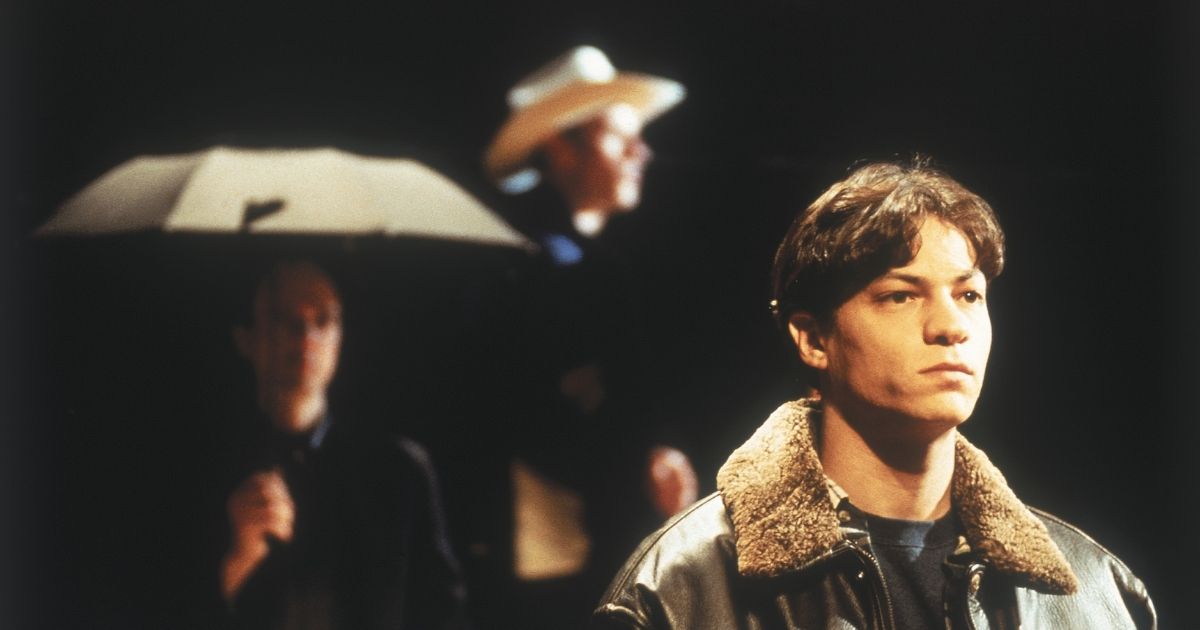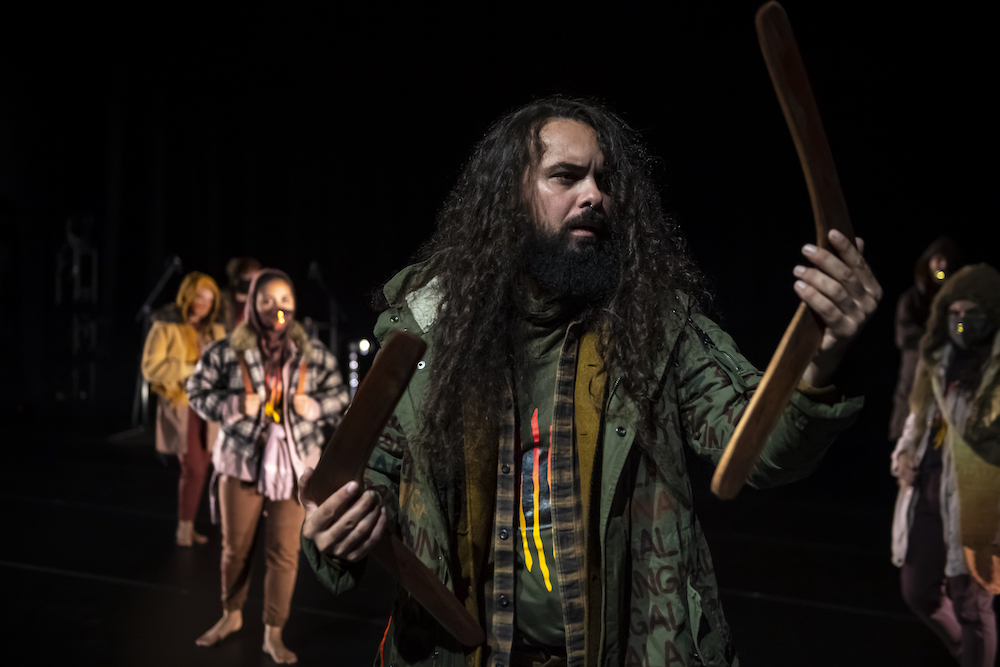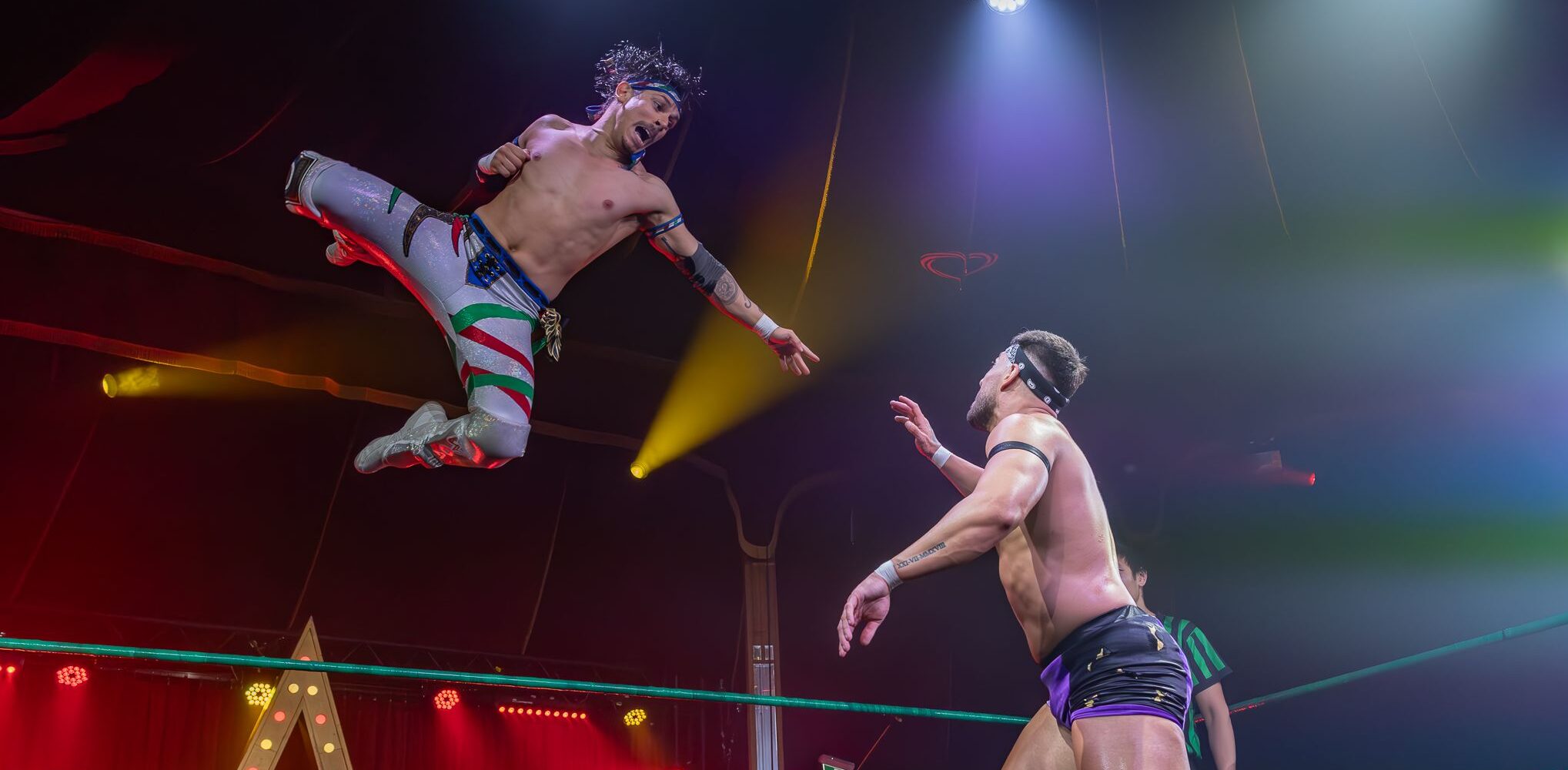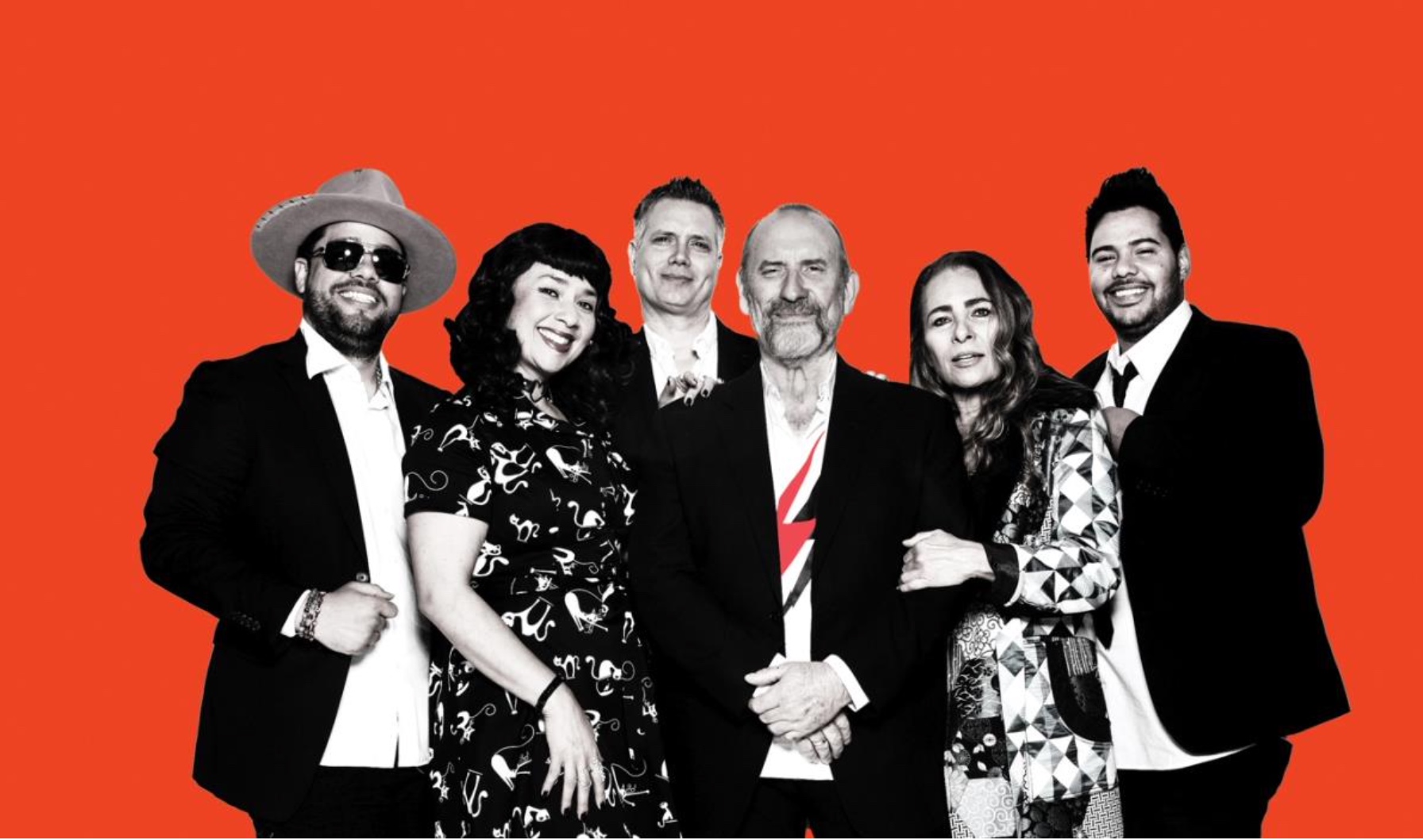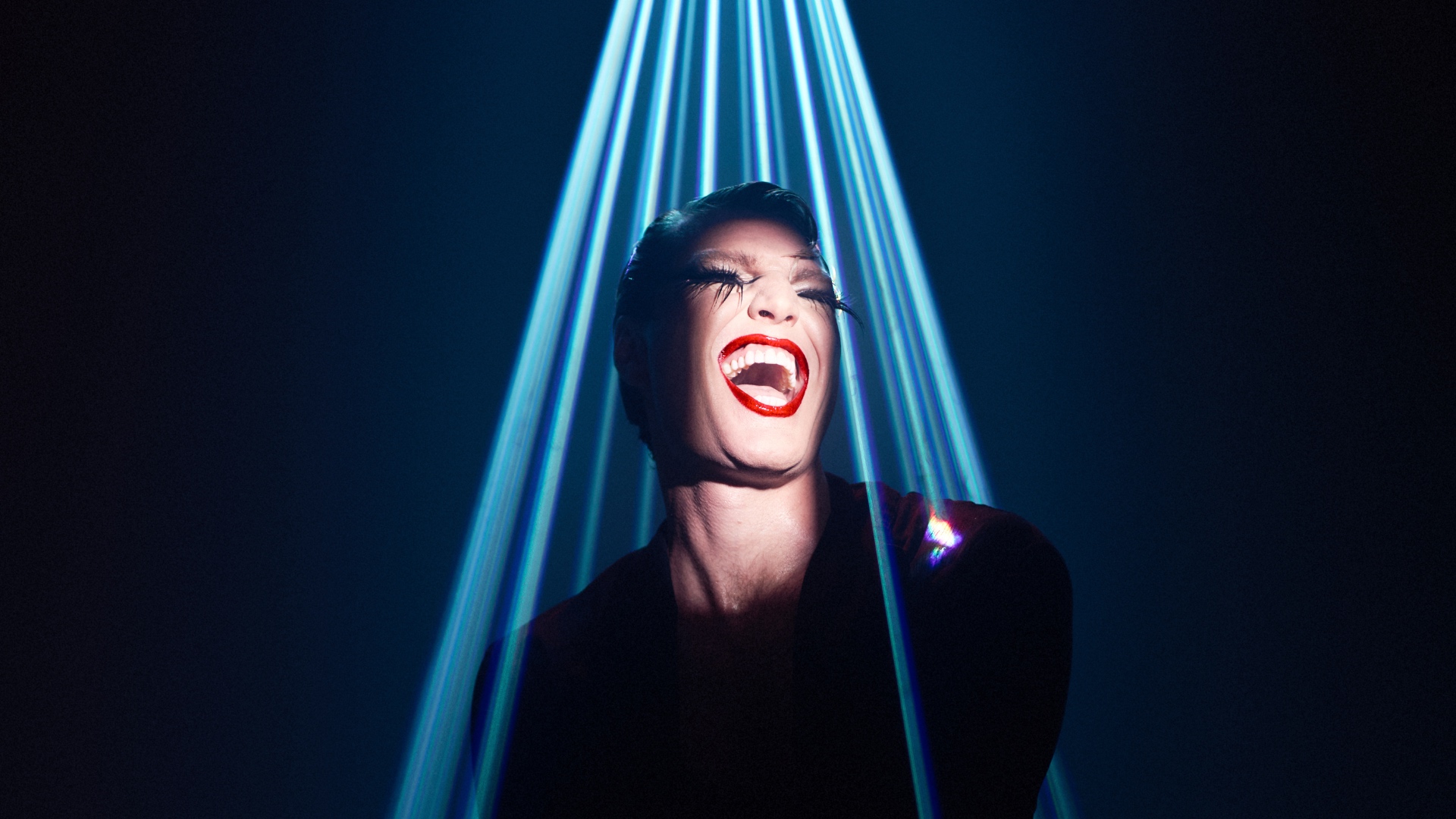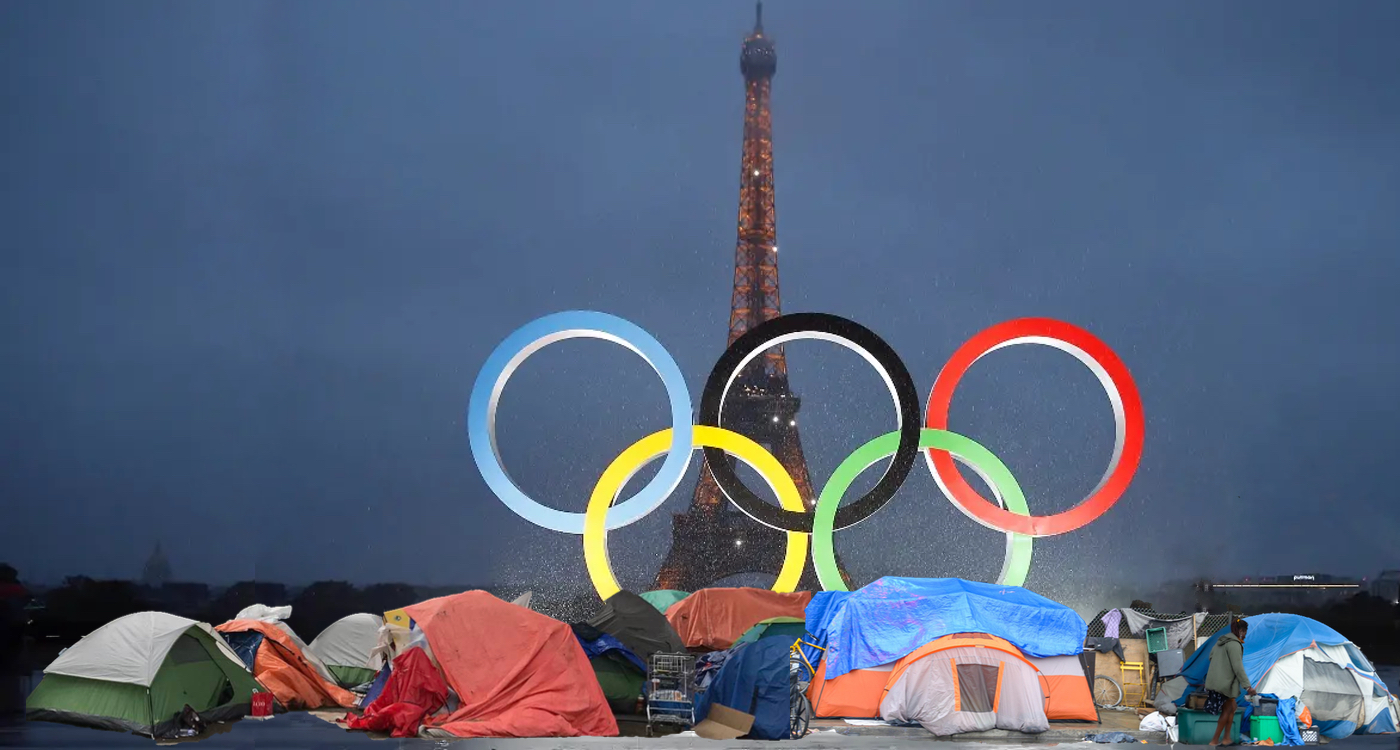
Fringe Festival has finger on Sydney’s femoral

How Sydney came to have a concert hall as its main icon is a mystery. The Opera House’s construction is a fable embedded in our history. Building took ten years longer than it was supposed to and ran an insane $95 million over budget. To this day it is still incomplete. The acoustics in the opera hall are less than world class and the brutal interior speaks volumes of everything there is to love and hate about this crazy city.
At least the ‘Oprah’ House sees a lot of use. The live entertainment industry recently bragged that it had a bigger market share than sports, but with small venues struggling it is clear where audiences are heading. A handful of large venues that can put on touring acts and mainstream musicals are taking the lion’s share of entertainment profits. Which is quite natural, except the gap between them and Sydney’s smaller venues is growing.
“There’s a heavy focus in this town of top end down,” says Kerri Glasscock, who sits on the board of the Sydney Fringe Festival.
“It’s really important to embrace the fringe elements of a city, because that’s where all the interesting work is developed.”
The tragedy here is that excellent venues, which are run by dedicated people and support the local arts scene, struggle to get by. Tone Bar was an excellent example. The fantastic little club that was reputed for supporting the artists that played there got off to a great start, only to be muscled out of its property at the end of its first lease, by a corporate-backed cesspit of iniquity.
The Sandringham Hotel is another example. Once an institution in Newtown, after rental problems the doors were closed – it has now been replaced by the Newtown Social Club.
These sites have a great reputation for supporting local artists, but have been forced to market their venue towards the big end of town, creating a space that will compete with the Enmore Theatre by booking more established acts. They’ve had to do this because there simply isn’t enough of an audience for smaller shows.
“So often you get these bigger venues getting the patronage all year round, and the problem with that is that all these smaller venues, they’re the ones that are developing artists and developing careers and developing new material,” says Glasscock.
“If we don’t manage that and support that, then there won’t be any artists to get up on the big stages in a few years to come.”
This ‘top down’ mentality has an adverse effect on audiences as well. There are plenty of funky people out there who are really interested in getting out to see some good stuff on stage, but because the gap is so wide, they don’t know where to start.
The Sydney Fringe is the perfect place.
“We’re really excited about this year. The centre of the festival is now Broadway, so it makes sense to have our festival garden at the Seymour Centre. There’ll be light installations and free music every Friday and Saturday,” says Glasscock.
She continues, “The idea is that you can start your night there, come and talk to a volunteer and see what their picks of the night are. We want them to come back there afterwards as well and have a drink and enjoy a free gig. It should be a really fun space to get into with the festival.”
From there audiences have the opportunity to explore the festival precincts. These will be scattered throughout the inner-west and city area and each of them will host their own form of fringe culture.
Marrickville’s Factory Theatre is the home of stand-up comedy this year. Balmain’s Night Garden will play host to radiant light installations. Also this year Slide in Darlinghurst has joined the party. These are just a few examples. Altogether there are 30 venues to visit.
The Sydney Fringe Festival is not only supporting artists, it is also supporting Sydney’s communities.
“When you go to the Adelaide Fringe it feels like the whole city’s in festival mode,” Glasscock continues.
“The idea of having the smaller focused suburbs is that hopefully it will feel as if that suburb is in festival mode when you visit there.”
The biggest pay off though, is that by seeing what is being created at grass roots level, you get an idea of what kind of shows will be onstage at The Opera House in a few years time.
“Your finger’s on the pulse of what’s actually going on in the population,” says Glasscock.
“That’s where artists develop new and creative work on a regular basis. Fringe is a chance for audiences to get out and find new artists and celebrate that!” (LC)
Sydney Fringe Festival, Sep 6-29, Various locations, Free-$30, (02) 9550 6087, 2013.sydneyfringe.com




